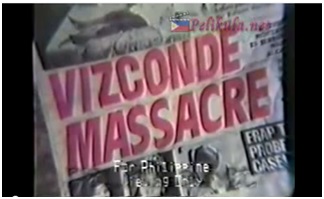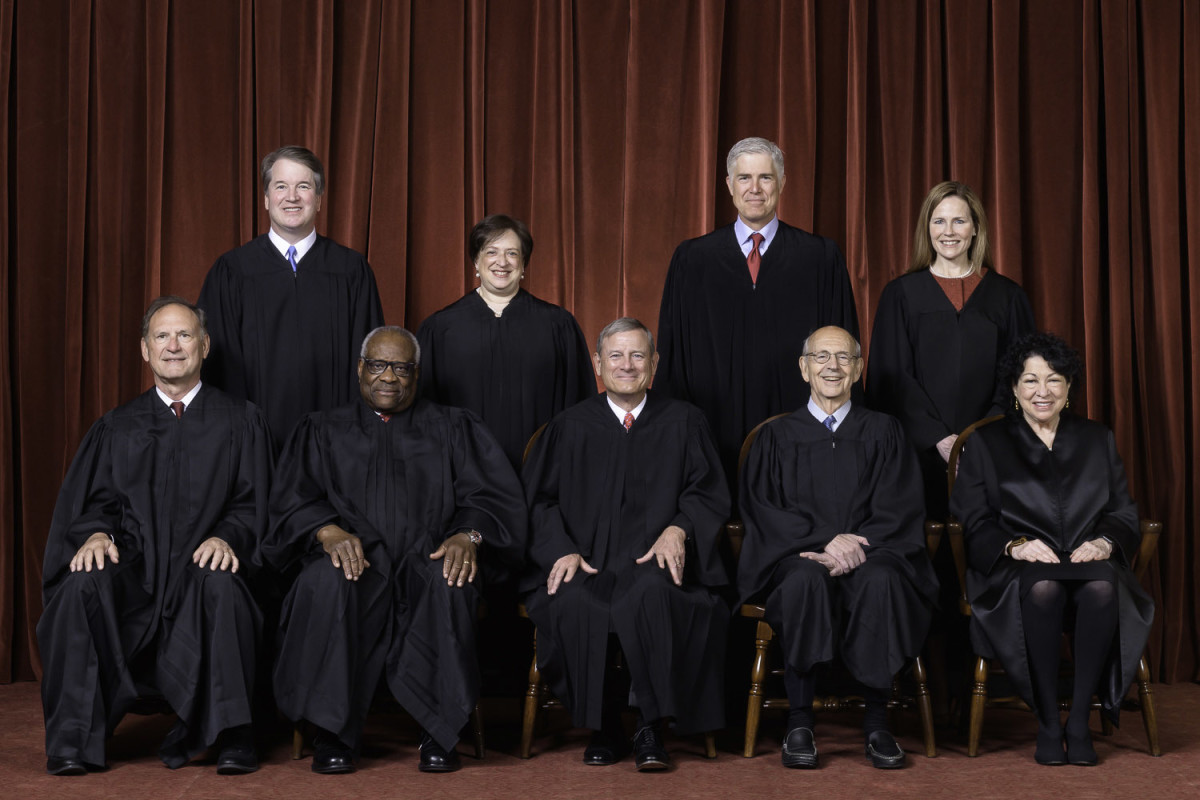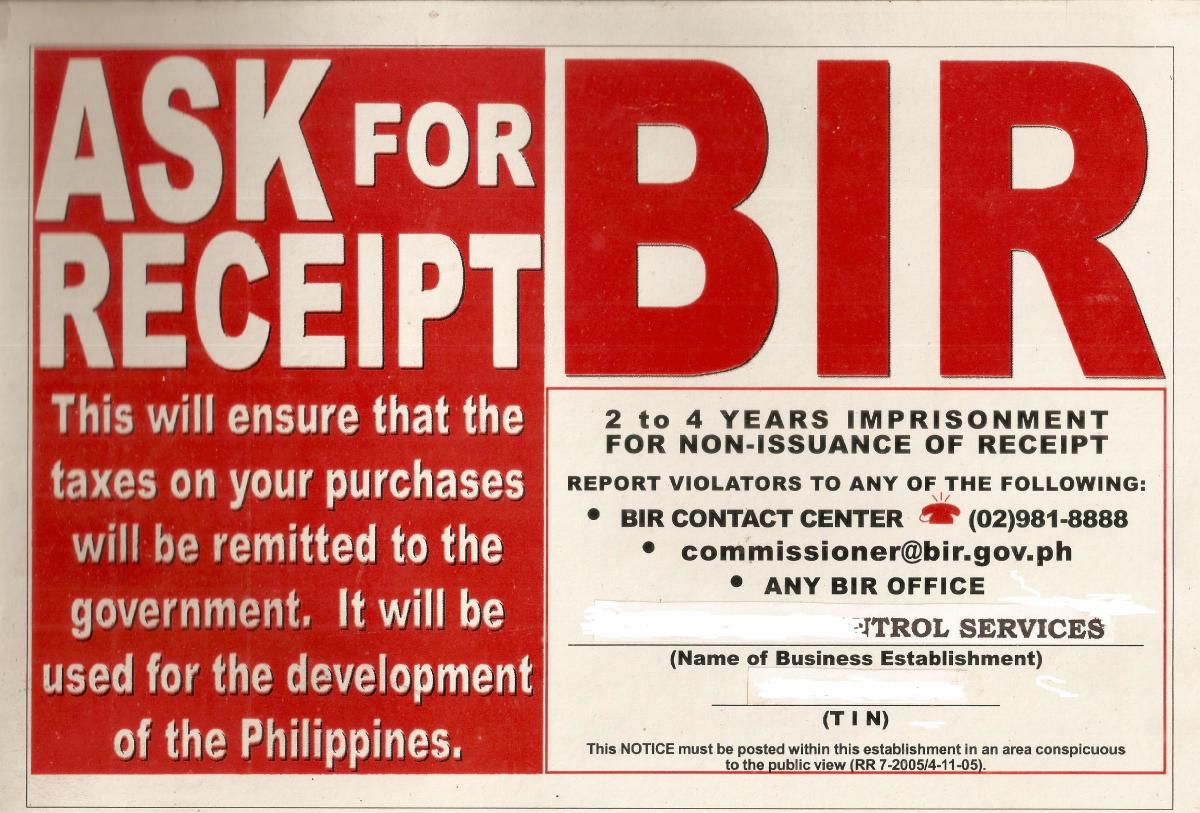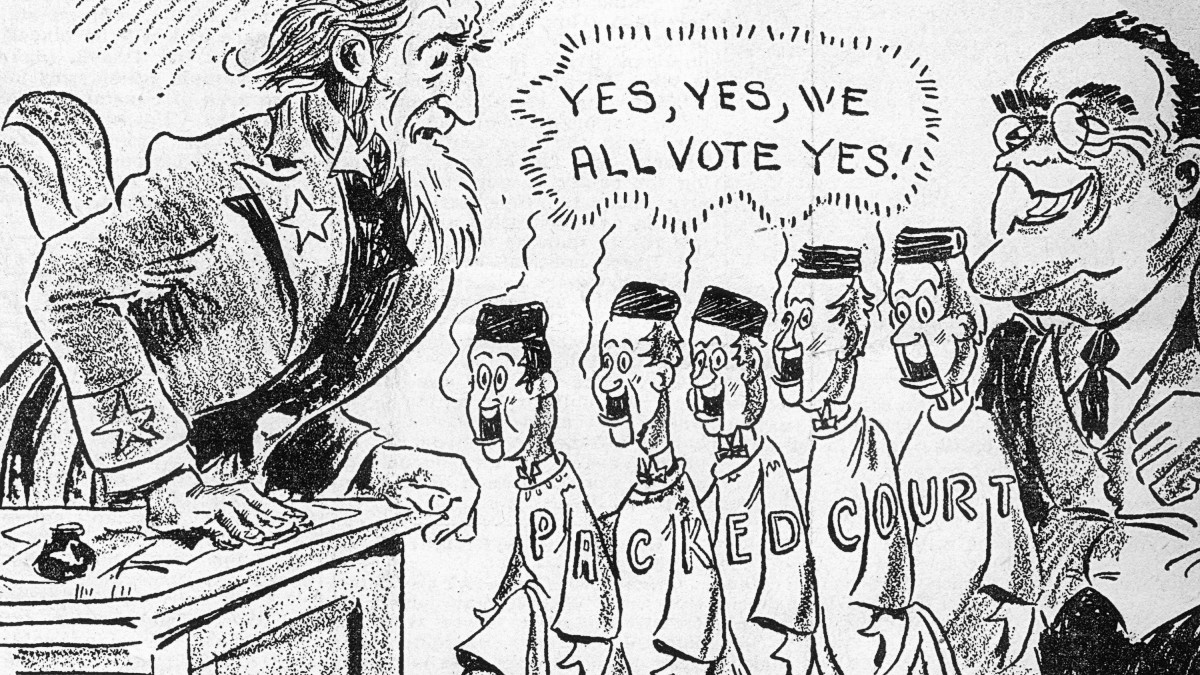Vizconde Massacre: Why Did a No-decision of the Philippine Supreme Court Acquit Convicts?
Justice for the rape and murder of a mother and her two daughters

Supreme Court should reopen Visconde massacre case and reverse its decision
On Sept. 22,2014, the Supreme Court (SC) made a decision to dismiss Justice Gregory Ong of Sandiganbayan, a Philippine special court, on "gross misconduct, dishonesty and impropriety." Eight justices of the SC voted in favor of dismissal making it executory. In contrast, the SC with a vote of seven in favor earlier acquitted suspects convicted by lower courts in connection with the Visconde massacre. SC should reverse the acquittal, given that at least eight votes make for a decision.
The Philippine Supreme Court should reverse its ruling on the Vizconde massacre
Brief review of the case
The Vizconde massacre was the killing “of members of the Vizconde family on 30 June 1991 at their residence in BF Homes, Parañaque City, Metro Manila, Philippines” (Wikipedia. Internet. Jan. 22,2014). Estrellita and Carmela were raped and killed. Jennifer, six years old, was killed.
“Lauro Vizconde, Estrellita's husband, and the father of Carmela and Jennifer, was in the United States” when the massacre happened.
The lead suspect was Hubert Webb. The other defendants were Antonio Lejano II, Hospicio Fernandez, Michael Gatchalian, Miguel Rodriguez, Peter Estrada, Joey Filart and Artemio Ventura.
“The men were convicted by the Parañaque Regional Trial Court which the Court of Appeals affirmed. Except for Filart and Ventura who had been convicted in absentia, the men were later acquitted by the Supreme Court on 14 December 2010 for failure of the prosecution to prove their guilt beyond reasonable doubt” (same source as above).
The Supreme Court (SC) decision
The Supreme Court acquitted seven of the nine accused, including Hubert Webb on December 14, 2010,
This SC decision reversed the earlier decision of the lower court and Court of Appeals. The SC found “that the prosecution failed to prove that the accused were guilty beyond reasonable doubt.”
Filart and Ventura were not included among those acquitted because they have remained at-large.
“Of the 15 Justices, 7 voted for acquittal while four dissented and four Justices, including Carpio, did not participate” (same source as above).
DNA fingerprinting
In April 2010, the Supreme Court approved DNA fingerprinting on the semen specimen gathered from Carmela Vizconde during an autopsy done on her. At this time the National Bureau of Investigation, custodian of the semen specimen, revealed that the specimen was lost. That means, it was taken away and it could no longer be located, assuming it had not yet been destroyed.
With this loss comes the question: why was such loss allowed?
In another Hub,http://conradofontanilla.hubpages.com/hub/No-Escape-From-DNA-Fingerprinting, I wrote that criminals cannot escape from DNA fingerprinting. “In criminal investigation, called forensics, the DNA analysis has been accepted by the justice system of many countries as a definite way to establish identity of a person. Called DNA fingerprint or DNA profile it has been accepted as an evidence in court in United Kingdom since 1986, and in the United States since 1987.
“In a criminal case, if a suspect’s profile does not match that of the evidence, he or she can be cleared, or excluded, as the criminal” (Cummings, M. Human Heredity: Principles and Issues. 2009:248).”
However, the lack of DNA fingerprinting of the semen sample was not the basis of the acquittal of seven suspects of the Vizconde massacre.
Rule of minority
What follows is worth quoting, to wit:
“Ateneo law professor Alan Paguia: ‘The order of release is questionable as it appears to be undemocratic. It was based on the rule of the minority and not the majority as they (the SC justices) had enunciated in Fortich v. Corona.’ ‘Thus the SC decision on the Vizconde massacre is flawed,’ Paguia averred, citing a portion of Fortich v. Corona, 312 SCRA 751, at 758 where the SC itself ruled that unless the minimum number of EIGHT votes for a majority is attained there is no decision to speak of, therefore the release order of the Webb group shouldn’t have been signed” (same source as above).
The justices who concurred on the acquittal decisions were: (1) Roberto Abad, (2) Conchita Carpio-Morales, (3) Diosdado Peralta, (4) Lucas Bersamin, (5) Jose Perez, (6) Jose Catral Mendoza, and (7) Ma. Lourdes Sereno.
Those who dissented were: Renato Corona, Martin Villarama, Teresita Leonardo-De Castro, and Arturo Brion. One justice who did not participate was Antonio Carpio. One justice on leave was Presbitero Velasco, Jr. Justices who inhibited themselves were:Antonio Eduardo Nachura and Mariano del Castillo.
Corona was then the chief justice. Sereno is the new chief justice.
Decision of one?
Let us assume that Atty. Paguia is right in saying that eight justices out of 15 justices should concur to make a decision valid and executory. (As much as possible we are avoiding legalese language in this discussion.)
To pass a ruling, the chief justice of the Supreme Court should sign the ruling. In fact, even in just an ordinary resolution made by a Board of Directors of a corporation, the chairman of the board or the presiding officer should sign. And if the signing officer did not cast his vote in the deliberations, his signing the document is not considered as a vote.
That is, former Chief Justice of the Supreme Court Renato Corona signing the deliberation on the Visconde case does not make the number of votes into eight.
Then what should have gone into the records is that 7 justices concurred on the “not proven beyond reasonable doubt” promulgated on the decision of the Court of Appeals.
In other words, the decision of the Court of Appeals was not superseded by the resolution of the Supreme Court, precisely because of the lack of majority vote.
Why was the Supreme Court resolution executory?
Given that at least 8 votes are needed to make a decision on the Vizconde case, why were the suspects and convicted by the Court of Appeals acquitted? Why were they released from prison?
It would appear that Renato Corona signing the records of deliberations made them executory. An implication is that the mere affixing of signature that is not considered as a vote caused the acquittal. In fairness to then Chief Justice Corona, he dissented in the draft of the resolution. However, being the chief justice he had to sign the resolution. But then, to repeat, his signing the resolution does not make it a decision of acquittal.
Did the justices know of the ruling of the Supreme Court about the 8 votes to promulgate a ruling? Did Corona know about that ruling which lawyer Paguia mentioned?
To recall, during the impeachment trial of then Chief Justice Renato Corona, it came out from his own testimony before the Philippine Senate that served as court, that: (1) He had a dollar account in a bank that he did not declare in his SALN (statement of assets, liabilities and networth). SALN is required of public officials; (2) He thought that his dollar account is covered by the foreign investments law. This law exempts foreign investors from disclosing their dollar accounts in the Philippines unless ordered by the court.
It was owing to his testimony that led to his conviction and final impeachment as chief justice of the Supreme Court.
Reversal of decisions
The current Supreme Court of the Philippines has a record of reversing its decisions. One example is its rulings on the citihood of some 16 towns. In an earlier decision, the Supreme Court decided that the conversion of these towns into cities was unconstitutional. Later on, the Supreme Court reversed its decision, ruling that the conversion of these town into cities is constitutional. This reversal of decision came about after the advocates of citihood filed a motion of reconsideration.
Another example is the case of Priority Development Assistance Fund (PDAF). This is also called pork barrel where a senator is given 200 million pesos per year for his or her personal control. Likewise, a congressman is given 170 million pesos per year for his personal control The Supreme Court earlier ruled that PDAF is constitutional. Last year it was discovered that scams were perpetrated on PDAF raising a public outcry. So last year, the Supreme Court on its own initiative promulgated that the PDAF is unconstitutional. That is, no outside party filed a complaint of unconstitutionality with the Supreme Court. .
Reversal of SC ruling on the Visconde case
To summarize, in legal and righteous situations:
There is no decision of acquittal.
There is no order of release of convicts.
However, the opposite was perpetrated. The resolution issued by the Supreme Court was interpreted as an acquittal. The convicts were released from prison.
We are calling on the Supreme Court on the Visconde massacre.
The first basis of this call for a reversal of that acquittal ruling is: the resolution was concurred in by only 7 justices given that 8 votes are required.
We are not using the term “decision” that would imply that we agree to the validity of the ruling.
The second basis for this call is that: the Supreme Court recognizes its error in allowing the resolution of “failure of the lower court to establish beyond reasonable doubt” to become executory. That is, release of convicts who should be held in jail as per decision of the Court of Appeals.
The Supreme Court should recognize its error in the Vizconde case in a similar fashion that it recognized its error in its first decision that PDAF was constitutional.
New entries as of Sept. 26,2014
"MANILA, Philippines – The Supreme Court dismissed Sandiganbayan Associate Justice Gregory Ong after he was found guilty of “gross misconduct, dishonesty and impropriety”.
Voting 8-5-2 or eight in favor of Ong’s dismissal, five against and two abstentions, the high court in a per curiam (by the court) decision said: The “totality of the circumstances of such association strongly indicates (Ong’s) corrupt inclinations that only heightened the public’s perception of anomaly in the decision making process” (Tetch Torres-Tupas. Sandigan Justice Ong Dismissed. Inquirer.net. Sept. 23,2014).
Sandiganbayan is a special court of the Philippines.
The investigation of Ong was triggered by a photo "showing Ong with alleged pork barrel scam mastermind Janet Lim Napoles and Senator Jose “Jinggoy” Estrada."
Retired Supreme Court Justice Angelina Sandoval-Gutierrez led the investigation.
Ong attended the party hosted by Napoles or her family after "the disposition of the Kevlar Helmet case where Napoles was acquitted."
"...Justice Gutierrez said Ong visited Napoles at her office on two occasions after participating in the Kevlar helmet case."
Napoles and Senator Jose Estrada are now in detention in connection with the PDAF pork barrel scam.
In the context of this Hub, we should focus on the number of votes cast in the decision of the Justice Ong case. Eight votes of the justices of the Supreme Court were cast against Ong. That number of votes made the decision executory.
In contrast, only seven votes were cast in connection with the resolution on the Visconde massacre. Yet the resolution was made executory. We do not call it "decision" because it does not qualify as one, being short of one vote to make it a decision of the Supreme Court.
The decision of the Supreme Court on the Ong case supports our position that the suspects and those convicted by the lower court and the Court of Appeals regarding the Visconde massacre should not have been released from prison by a resolution favored by only seven votes.
Time now for the Supreme Court to reopen the Vizconde massacre case on its own initiative as it did on the PDAF case.









